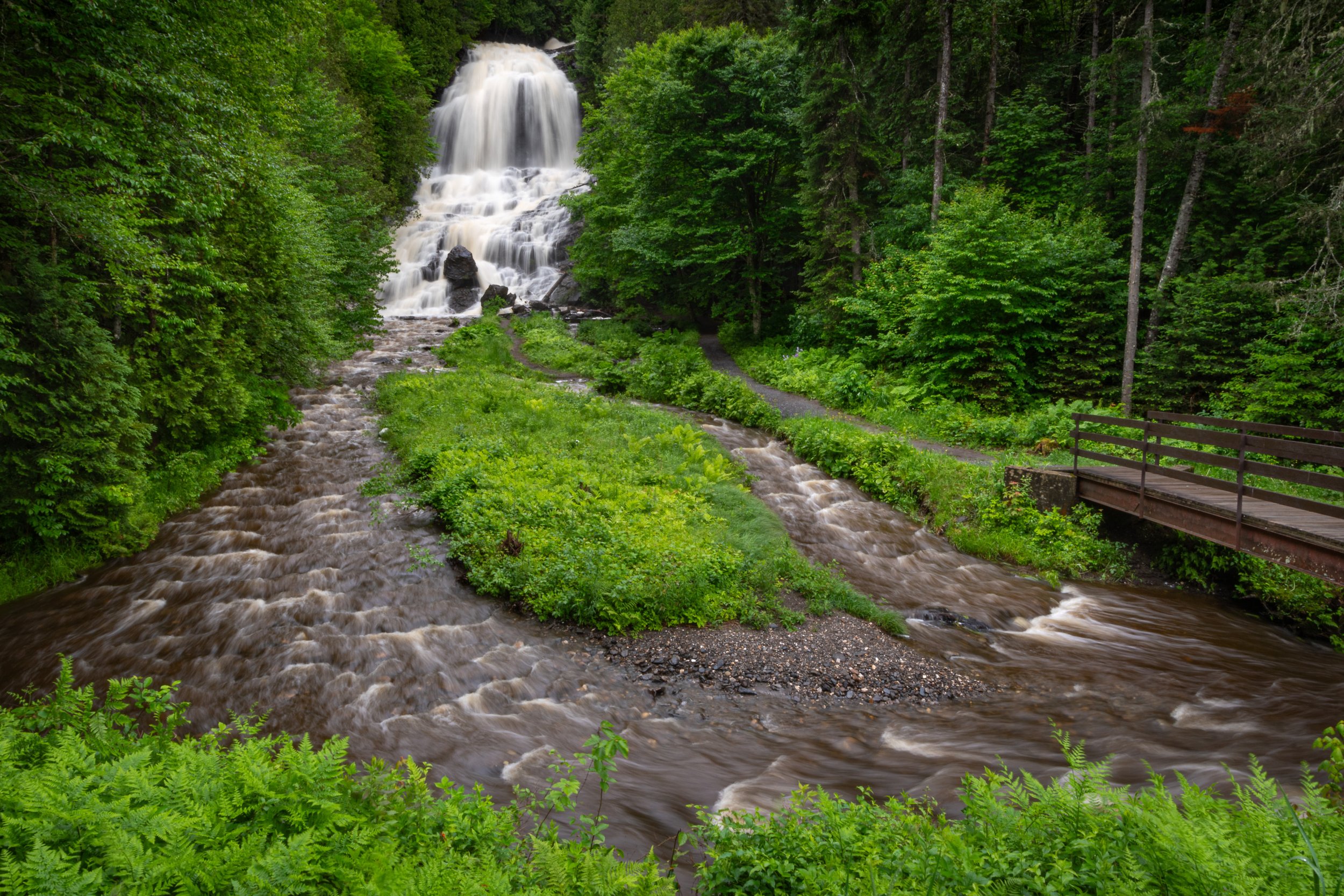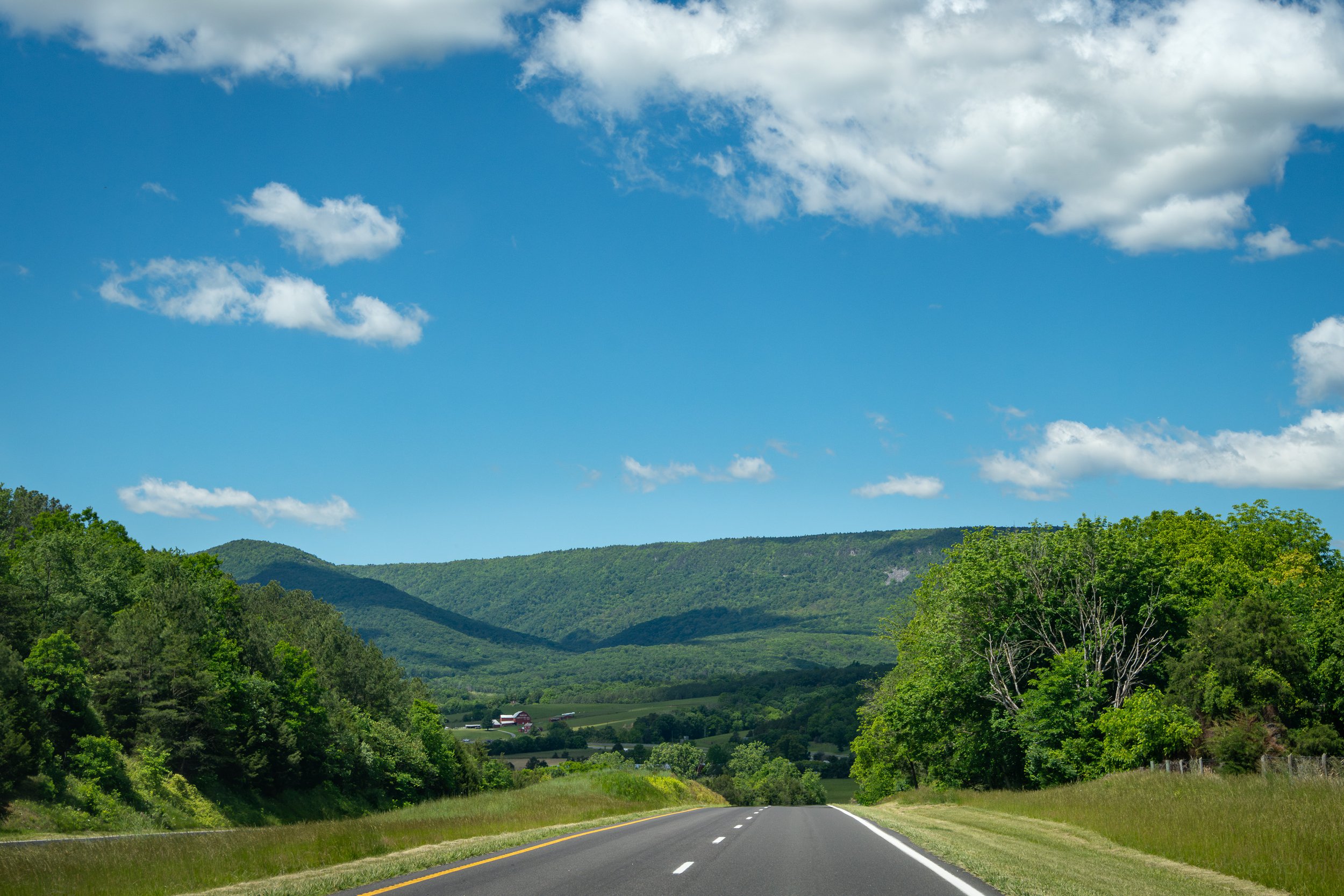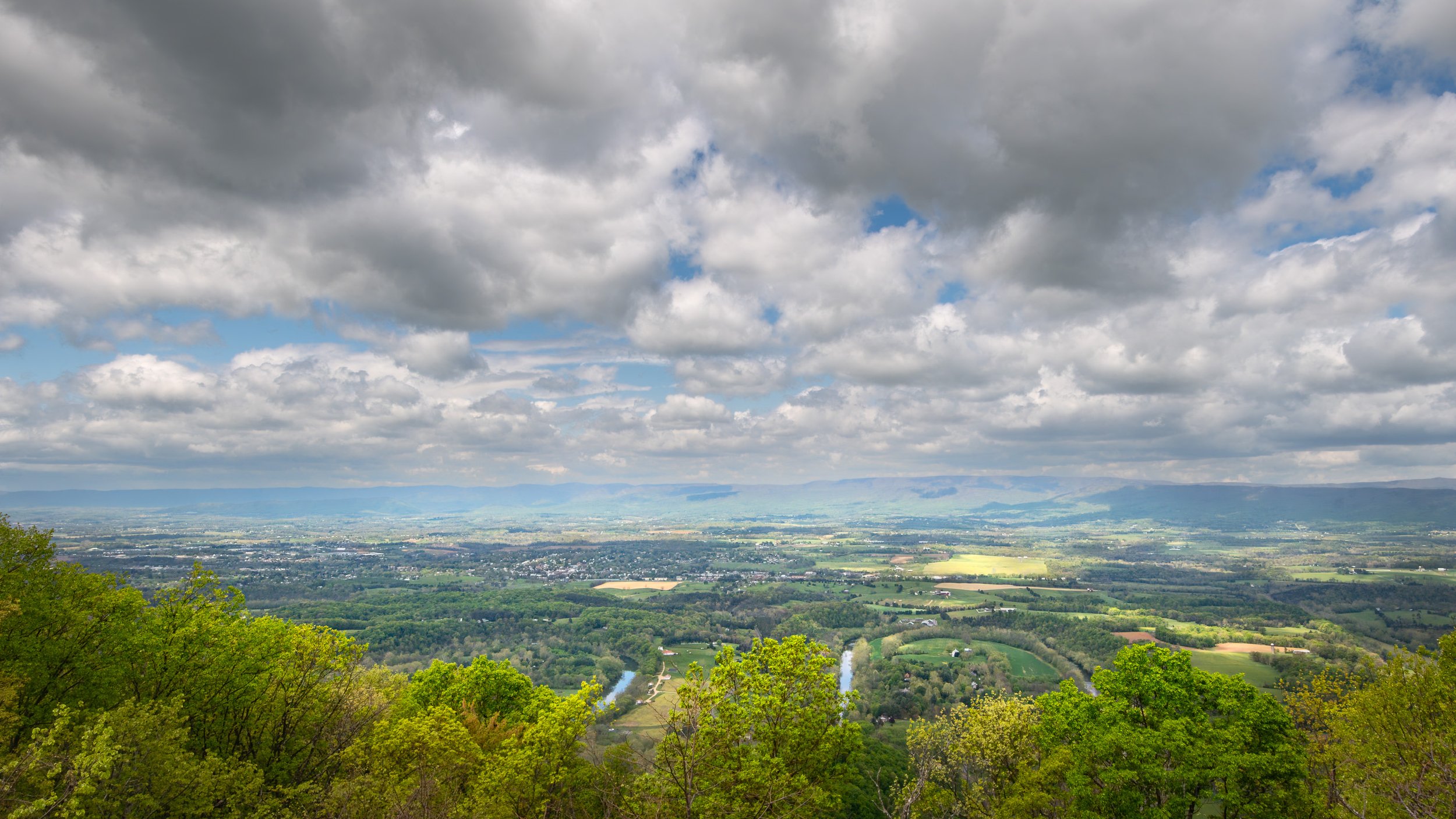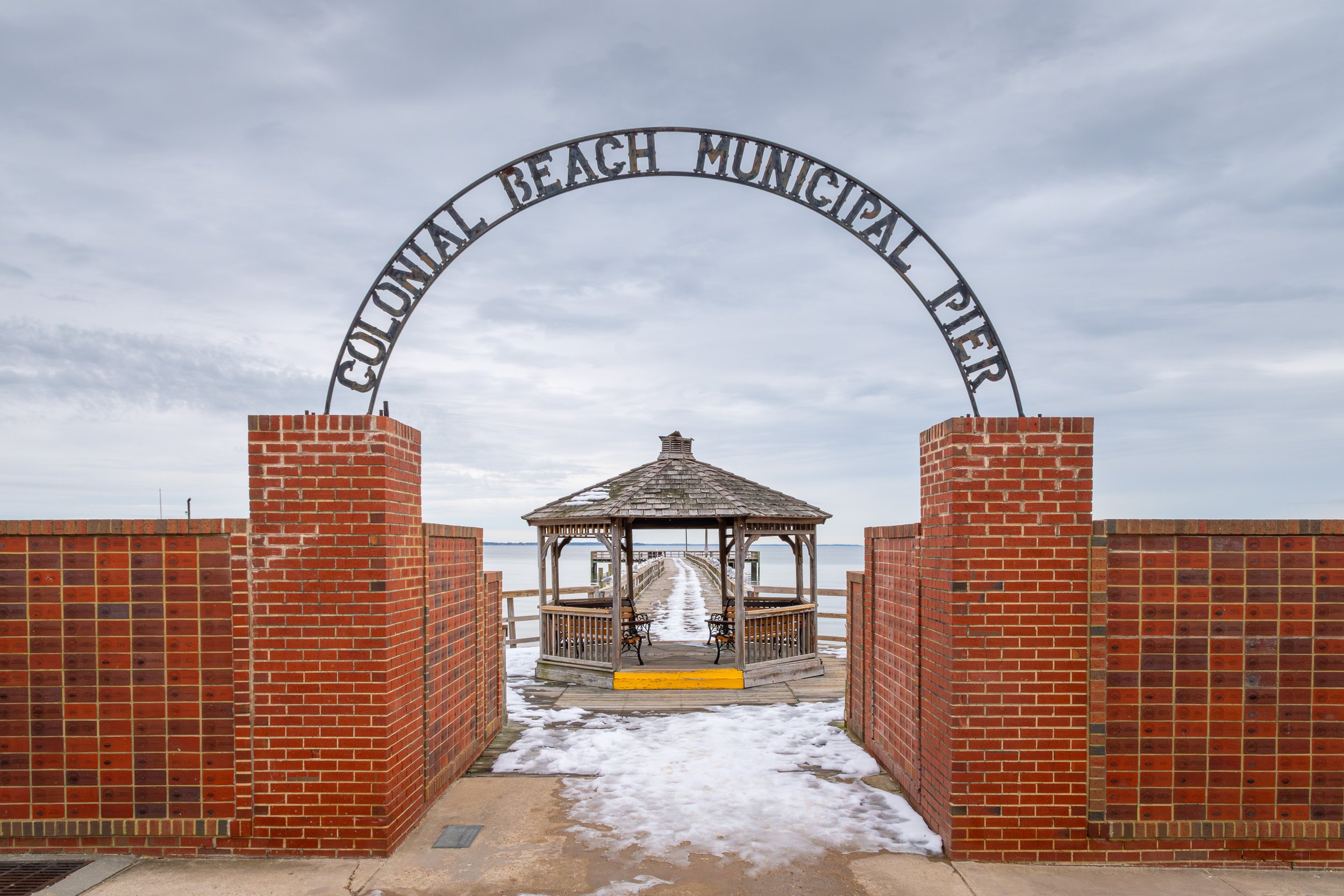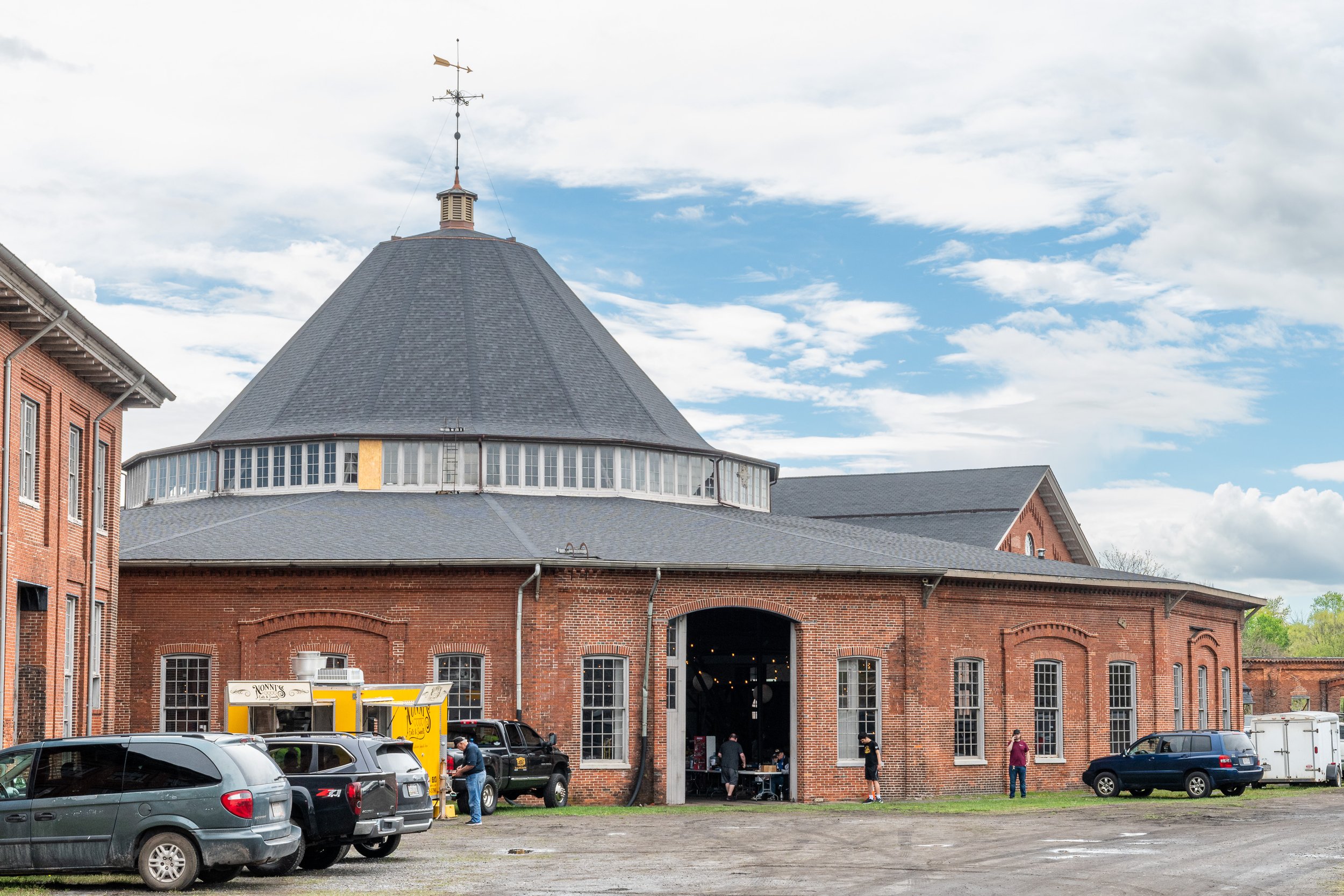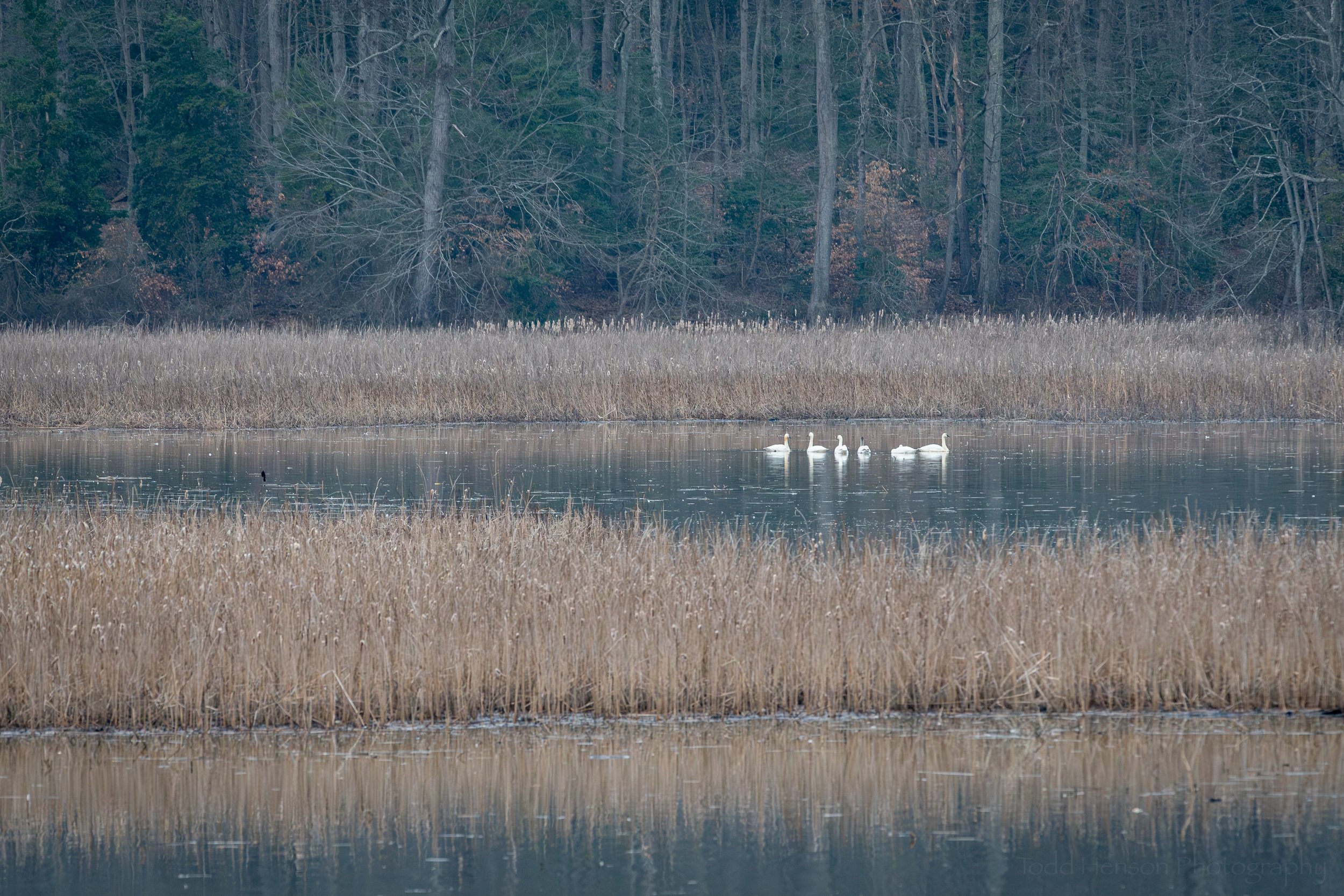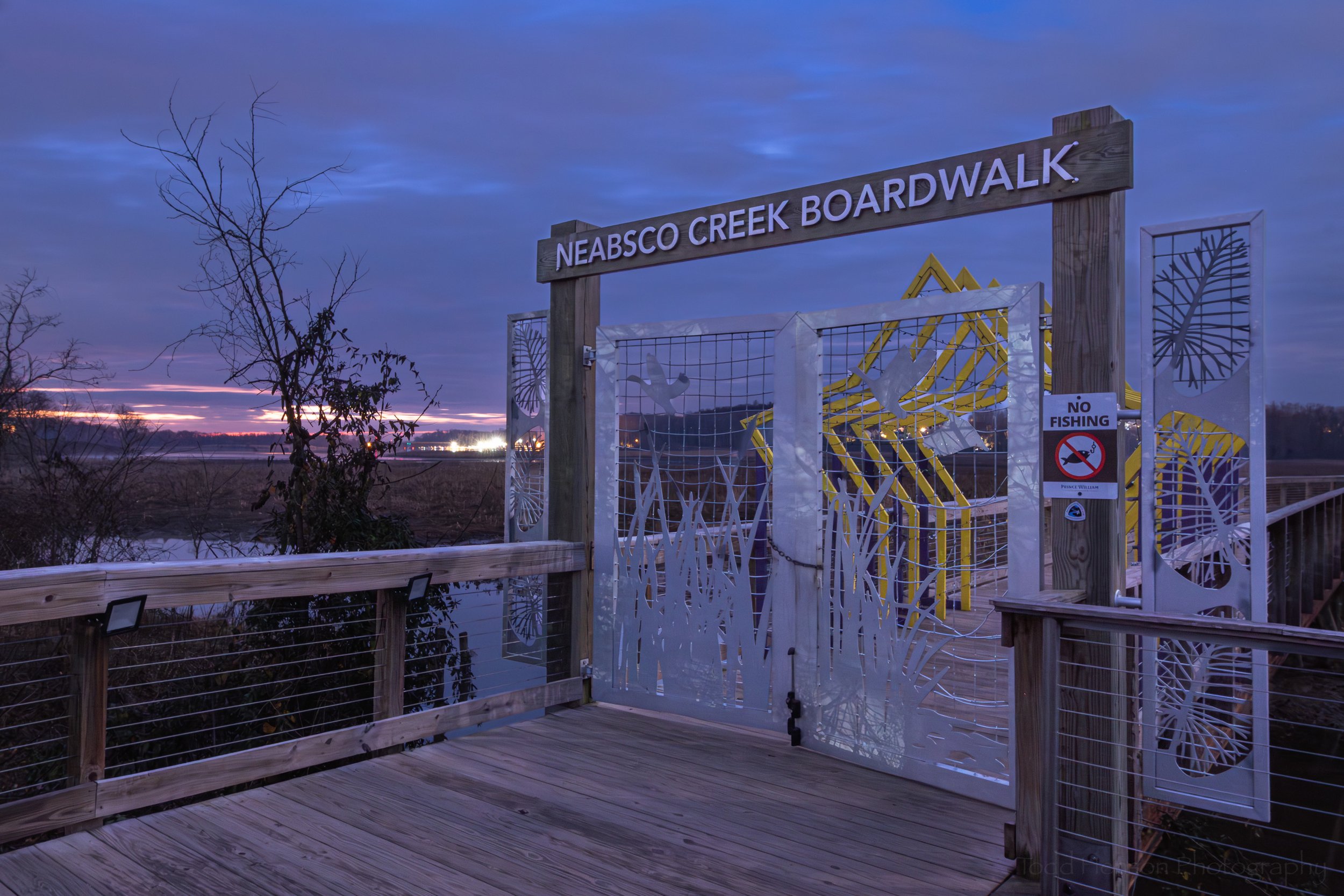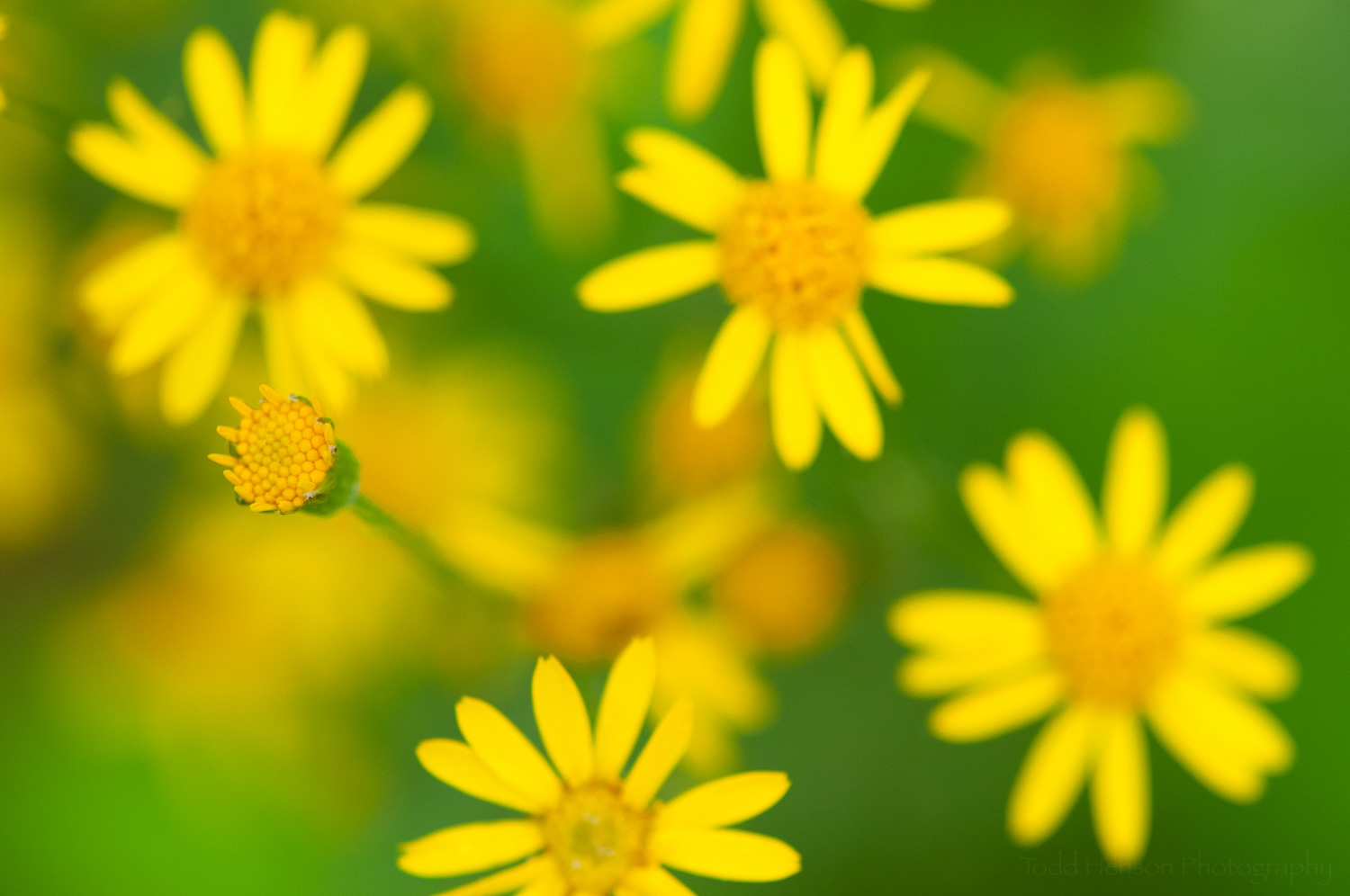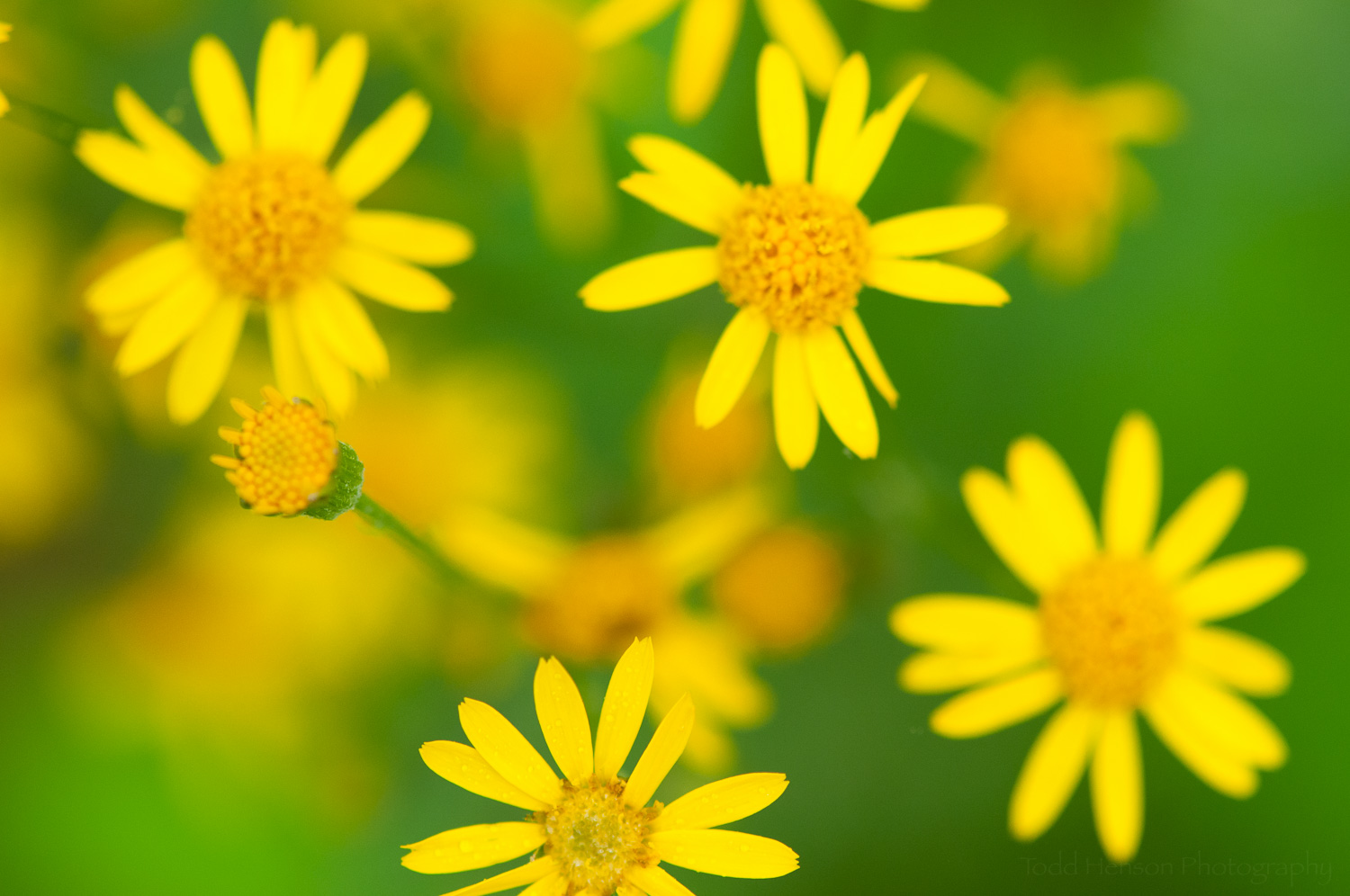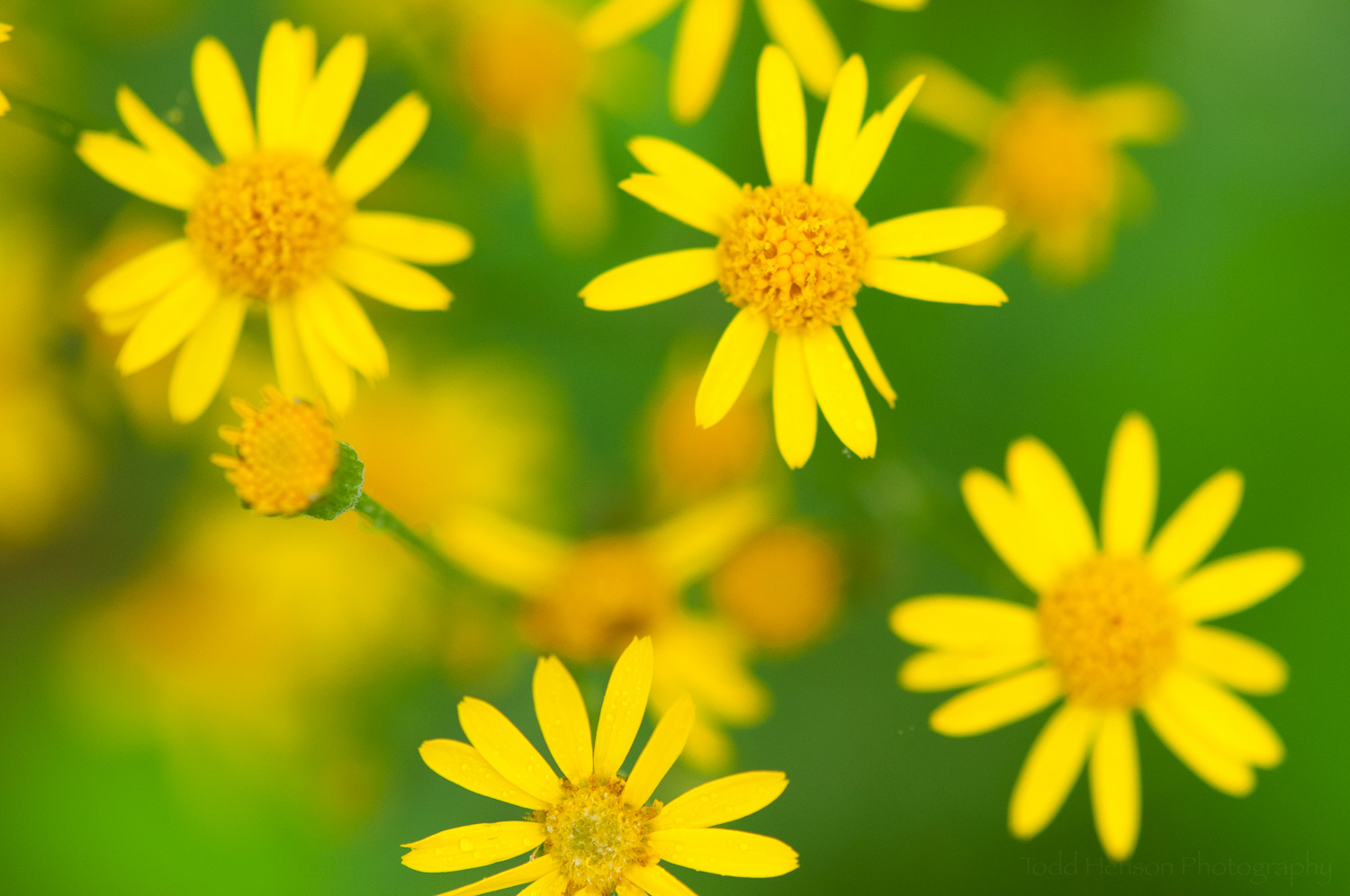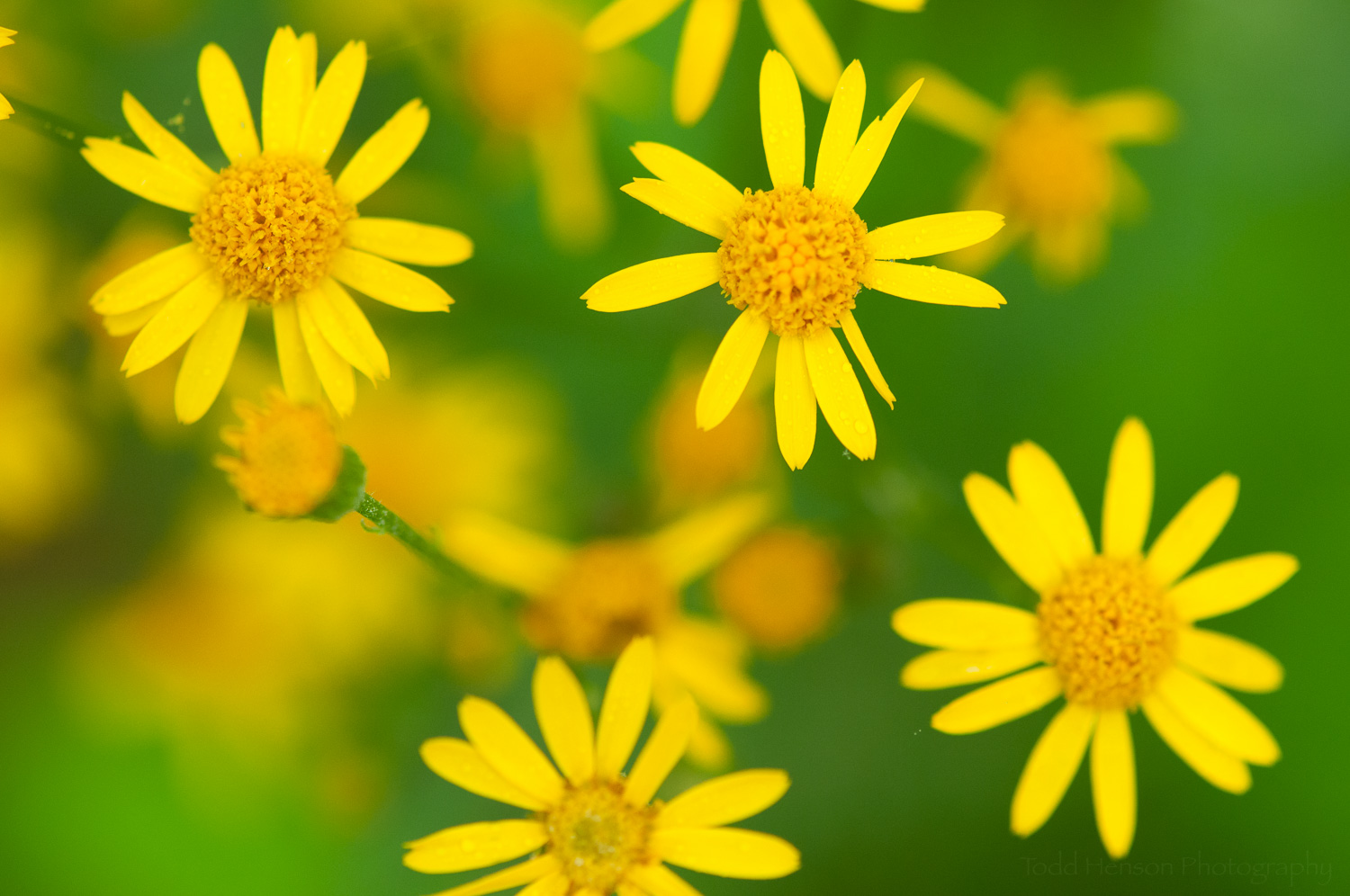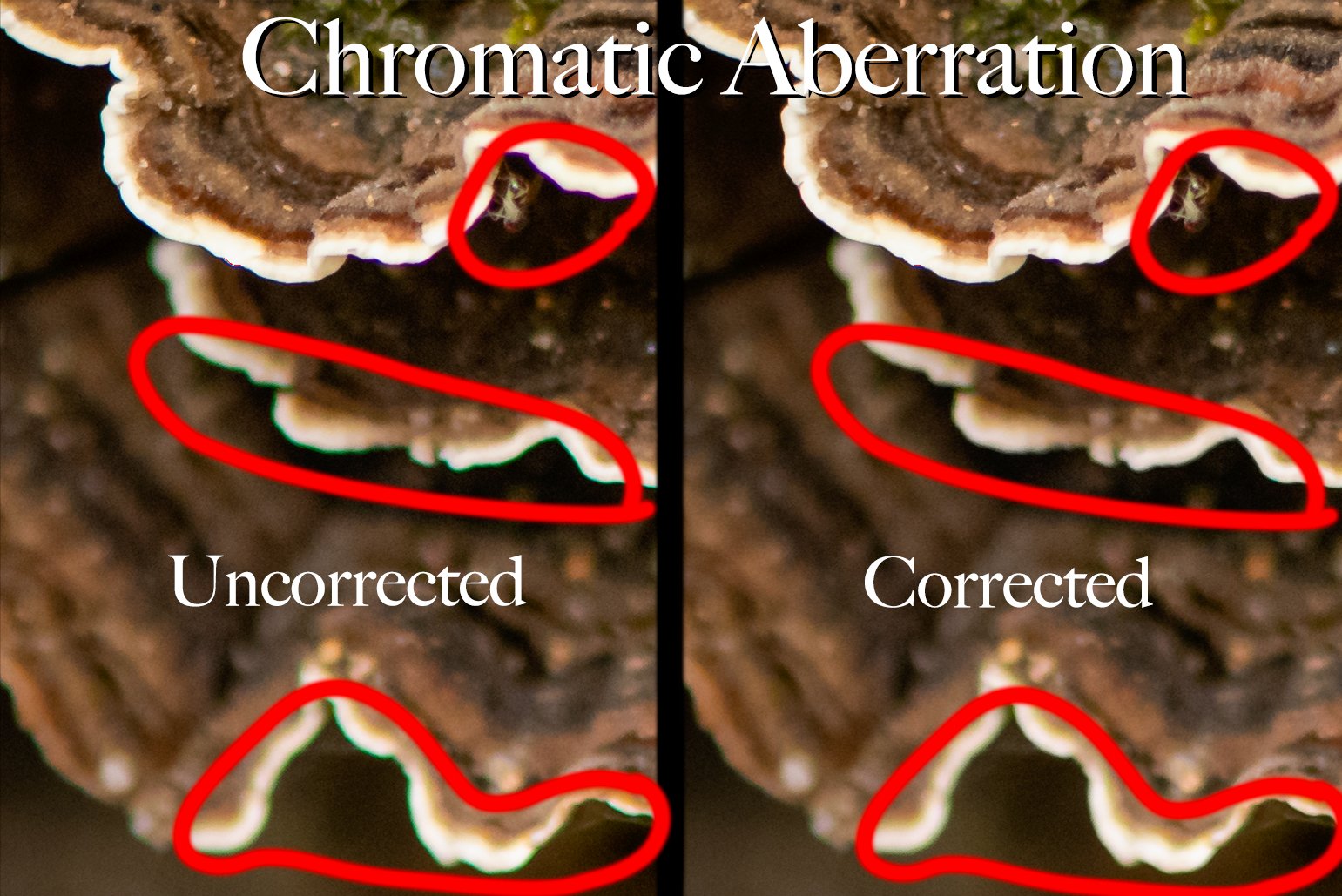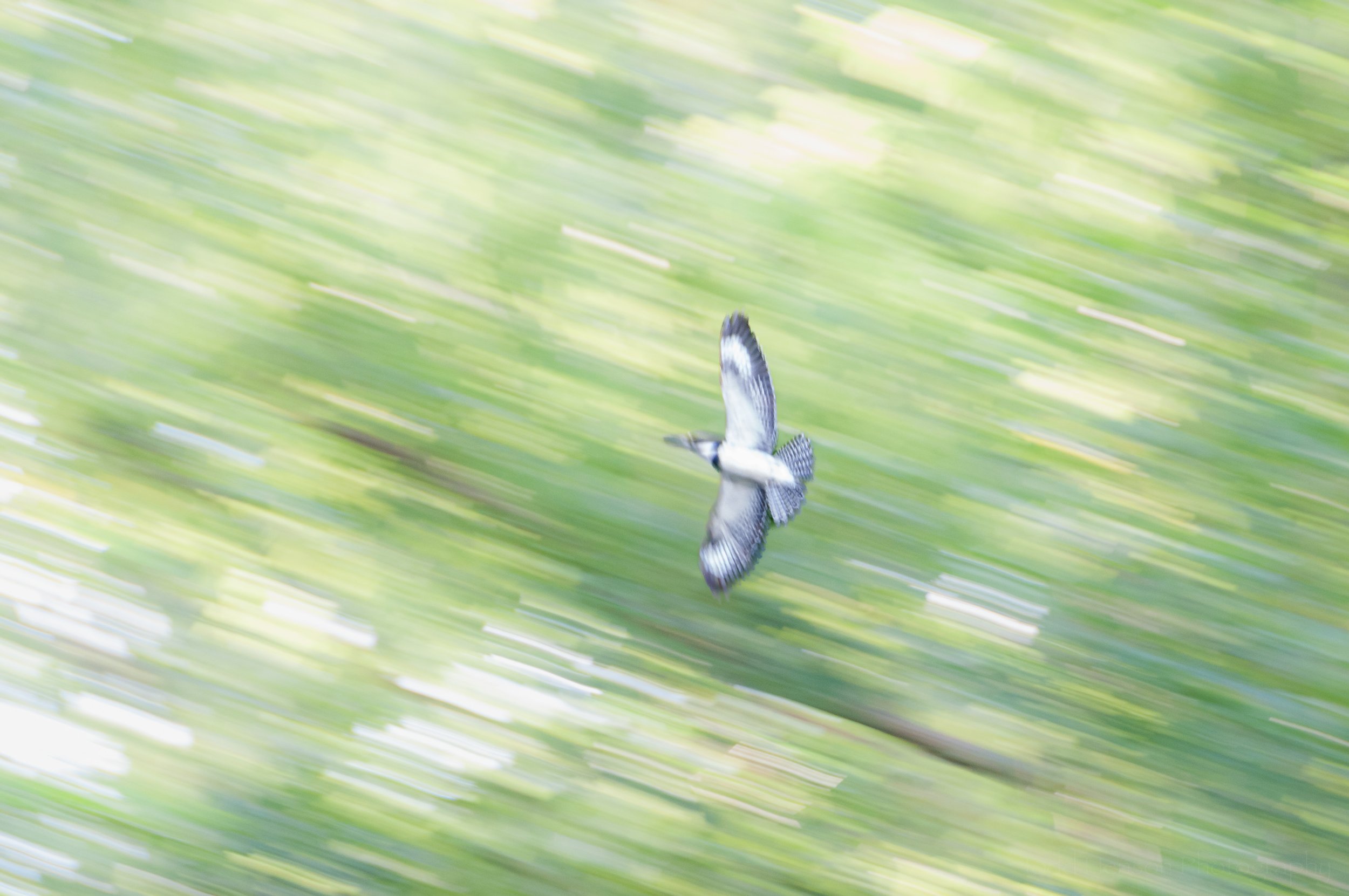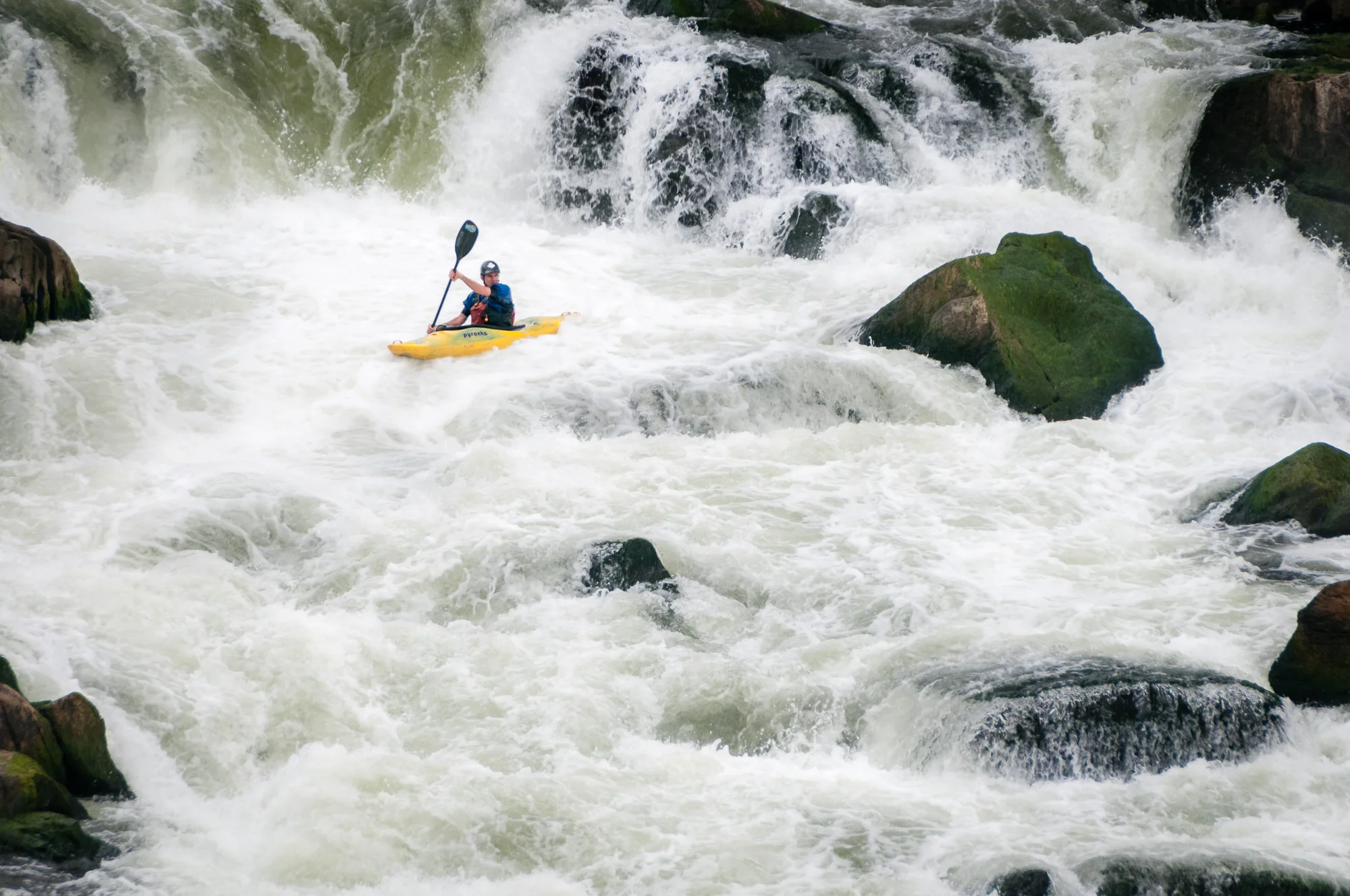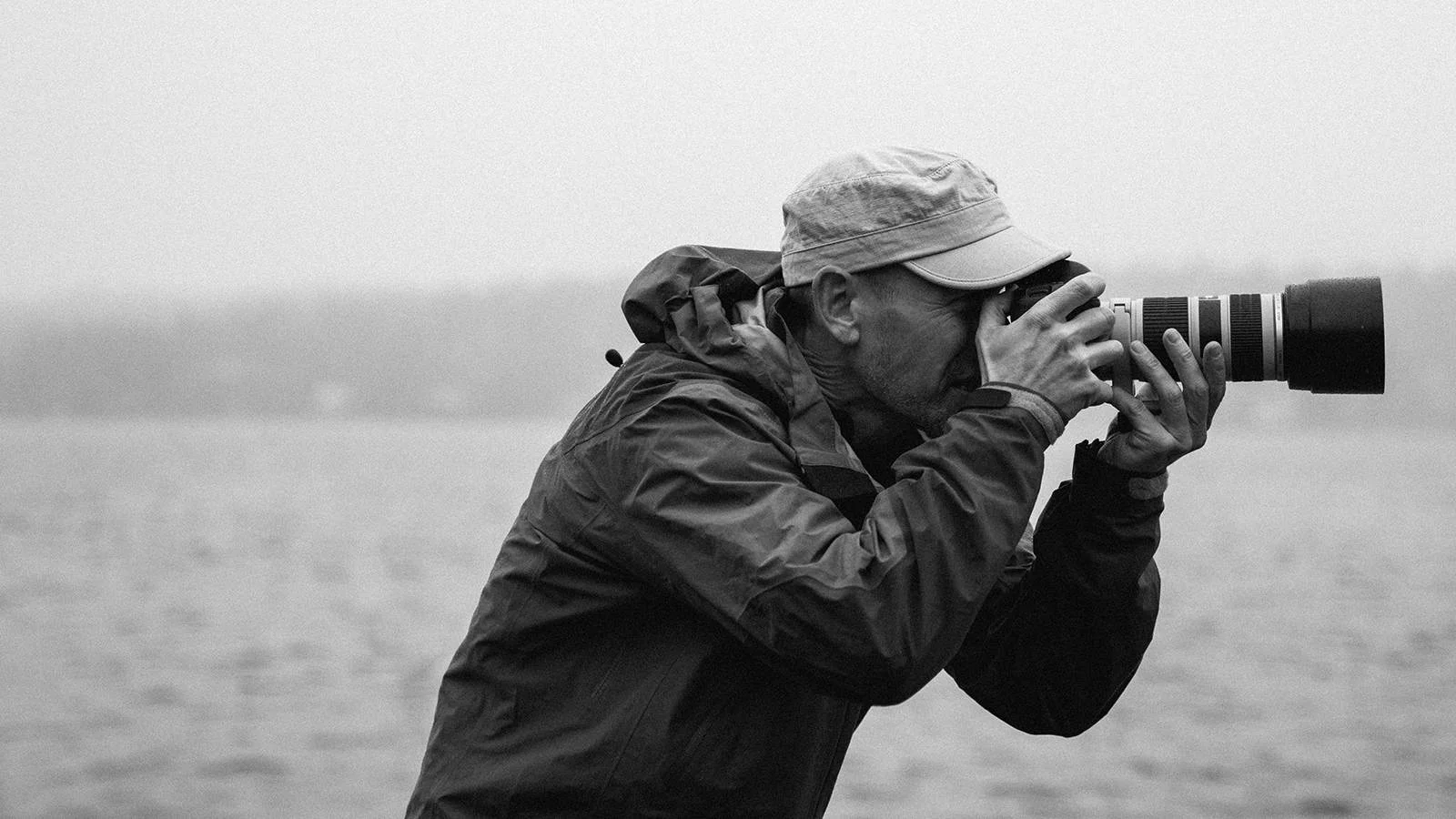Dark pink lotus blossoms just opening
Opening lotus blossom covered in rain drops
It’s that time of year again when lotus and water lilies are in bloom at Kenilworth Aquatic Gardens in Washington, D.C., when they hold their annual Lotus and Water Lily Festival. The day started with rain, leaving us wondering if it was worth the drive if it was going to be a wash out. But the rain was forecast to clear up so we made the trip and it was well worth it. The rain left water droplets on all the flowers, naturally saturated all the colors, and honestly, kept some of the early morning crowds a little lighter than they might have been otherwise, though the crowds did grow as the rain stopped. It’s fascinating all the different people who show up to view these flowers. One day perhaps I’ll photograph some of the people as well as the blooms.
Bumble bee above dark pink lotus blossom. There are several streaks of rain on the left side.
One thing I noticed this year was some of the ponds contained lotus blossoms that were lighter in color, a very pale pink that almost seemed to glow. The overcast day was perfect for photographing these, no harsh light, no hard shadows. Just an evenly lit glowing lotus blossom. Other ponds held lotus blossoms of a much darker, deeper pink. These had beautiful color, but didn't glow quite like the paler blossoms did. I love the variety.
Bumble bee above a lotus blossom
Small green insect on lotus blossom
Six-Spotted Fishing Spider (Dolomedes Triton)
As with last year I found myself looking for insects to add some extra interest to the photos. This year there were very few dragonflies because of the rain, though they did begin coming out after the rain ended. I did manage to capture a couple bumble bees, as well as several other small insects. The most distinctive insect (arachnid, actually) I photographed was a fishing spider. I believe it was a six-spotted fishing spider (Dolomedes Triton), if I've identified it correctly. I found it on a lily pad. When other folks walked closer it dove into the water and disappeared. Fascinating.
Pink water lily and a small insect
The lotus blossoms draw the largest crowds, but if your timing is good you can also view some of the beautiful water lilies in other ponds. Kenilworth has a nice variety of water lilies. Some are very simple white flowers, in fact, my favorite photo of the day is of a white water lily. Some of the water lilies are similar shades of pink to those of the lotus. And some of the water lilies are amazing shades of purple, though I don't have any photos of those in this post.
White water lily, my favorite image of the day
The photograph, White Water Lily, is available for purchase as wall art or on a variety of products.
We usually arrive early in the morning and continue photographing and walking around until we get comfortably tired. But this means we often don't spend a lot of time around the festival events. This year was no different, but we did see the tail end of a presentation by and about Cindy Dyer, an Alexandria-based photographer who was recently honored by the United States Postal Service by having a series of her photographs used on a set of Forever Stamps. She's a very talented photographer and has produced some beautiful images. She is well deserving of the honor.
Do you enjoy these posts?
Sign up to receive periodic emails with updates and thoughts. Don’t worry, I won’t spam you. And please consider purchasing artwork or products from my online store, and using my affiliate links in the sidebar to the right when shopping online.
I appreciate your support!


